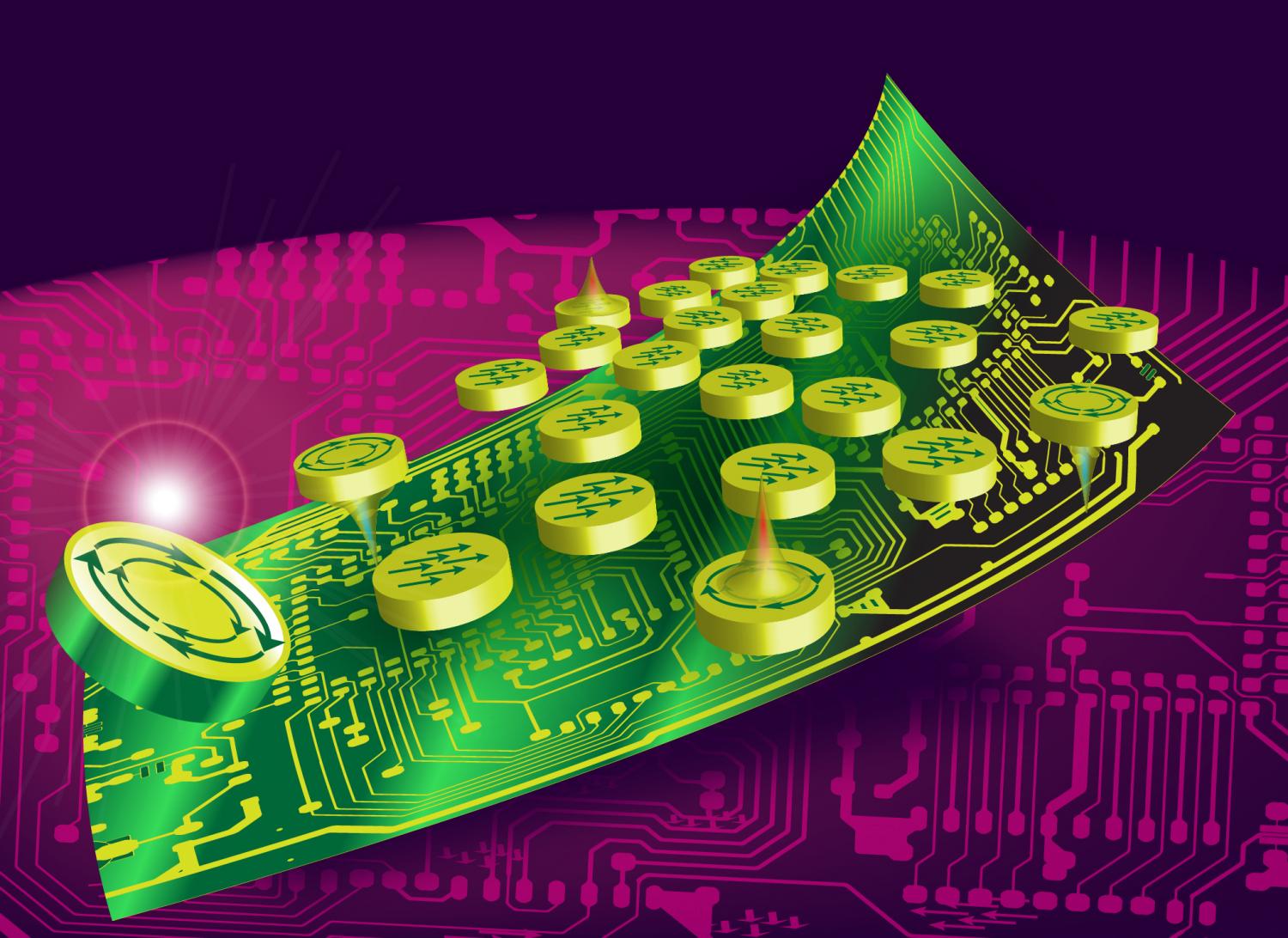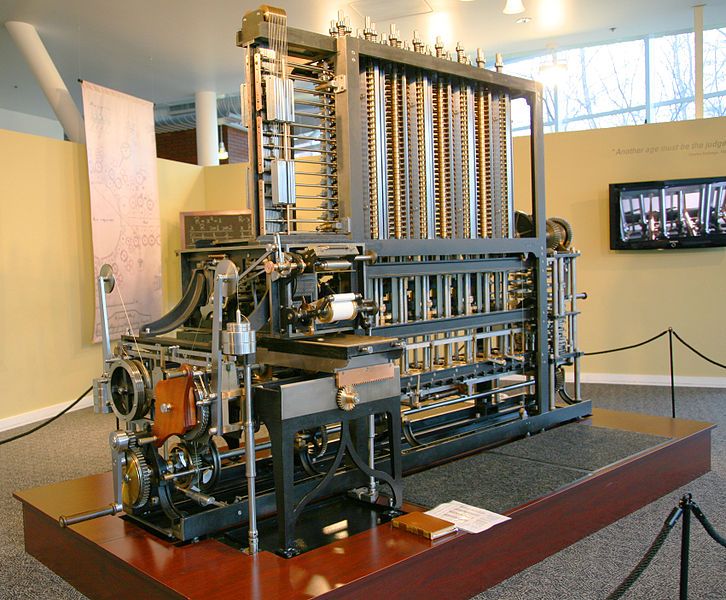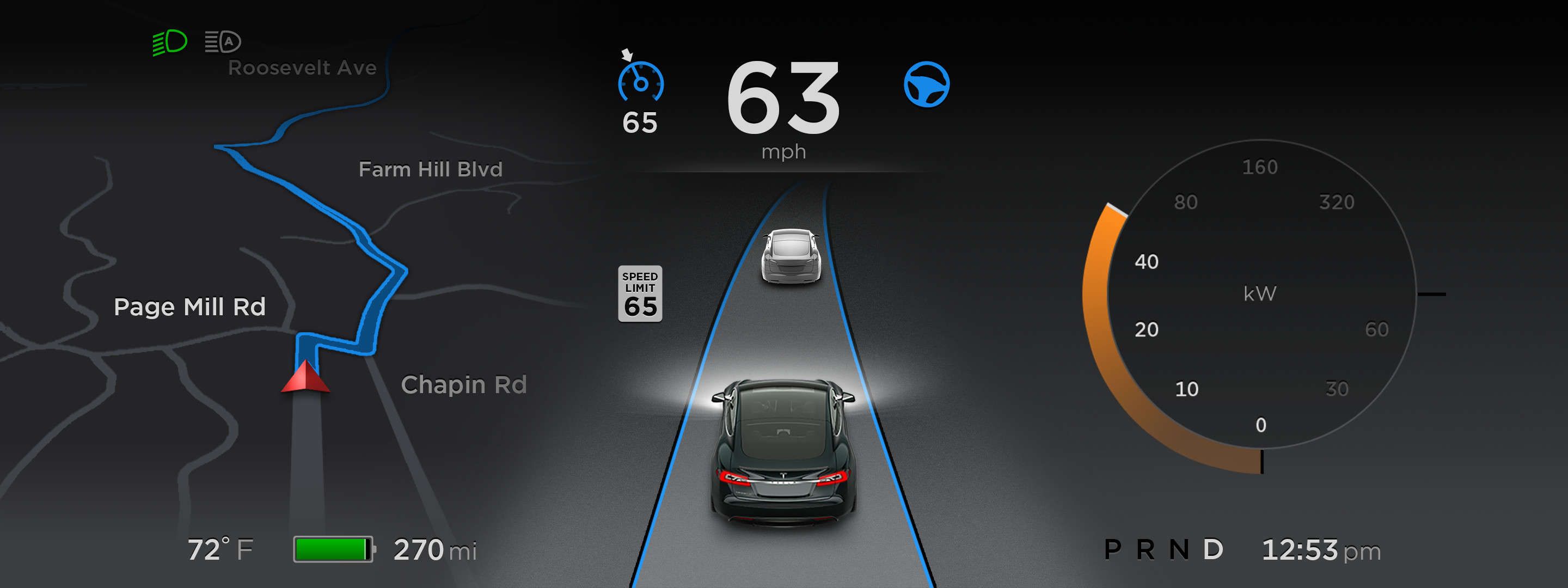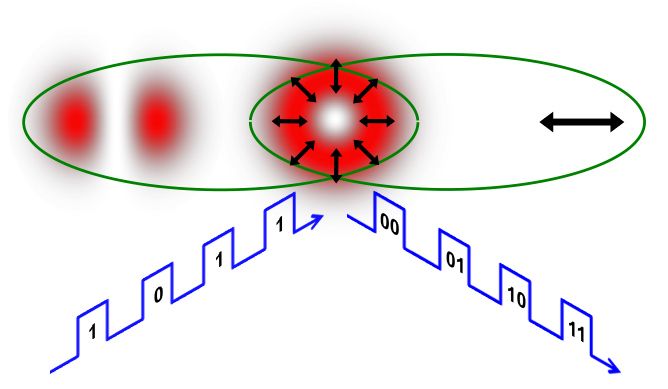
Researchers from the University of South Florida College of Engineering have proposed a new form of computing that uses circular nanomagnets to solve quadratic optimization problems orders of magnitude faster than that of a conventional computer.
A wide range of application domains can be potentially accelerated through this research such as finding patterns in social media, error-correcting codes to Big Data and biosciences.
In an article published in the current issue of Nature Nanotechnology, “Non Boolean computing with nanomagnets for computer vision applications,” authors Sanjukta Bhanja, D.K. Karunaratne, Ravi Panchumarthy, Srinath Rajaram, and Sudeep Sarkar discuss how their work harnessed the energy-minimization nature of nanomagnetic systems to solve the quadratic optimization problems that arise in computer vision applications, which are computationally expensive.
Read more















